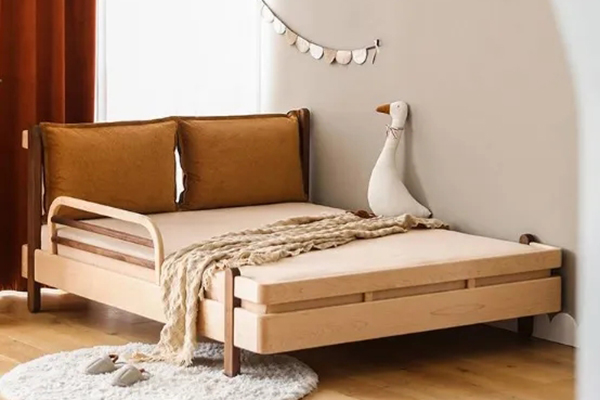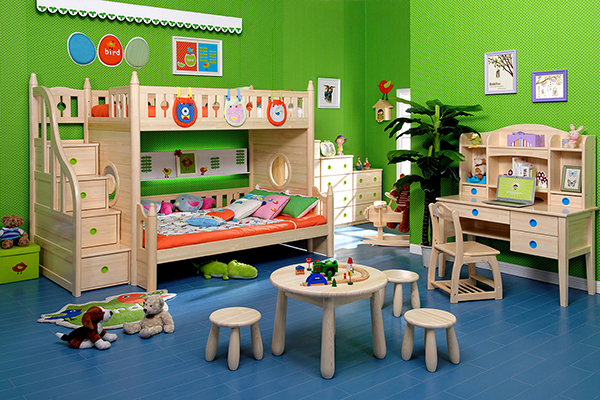Many parents have the question that children’s furniture is closely related to their daily lives, such as learning, entertainment, and rest. Children spend most of their time in contact and using furniture.
Is it necessary to buy children’s furniture? Can you buy adult furniture in one go? In one sentence summary: Children’s furniture is necessary and does not need to be in place in one step.
Children have special needs for furniture. Suitable furniture helps cultivate children’s ability and awareness of independence and autonomy. Some people think it’s okay, the child will grow taller quickly and not worth the trouble. However, furniture that does not conform to height and child safety design can easily create safety hazards when children explore the world, and excessive bans can also stifle their curiosity and learning ability. A children’s room is like a small world, where children are the protagonist and children’s furniture is their intimate companion.
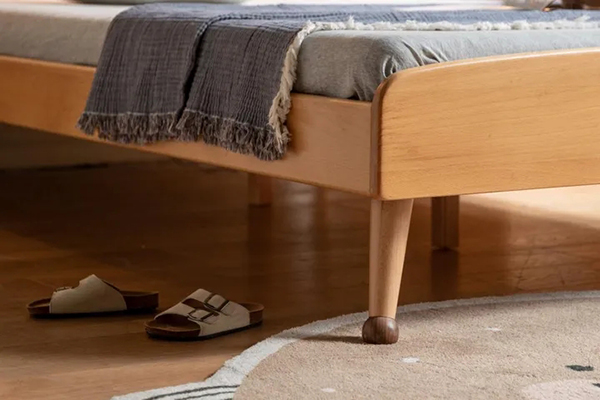
On the other hand, if you plan to buy furniture in one step in advance, it is easy to encounter situations where you don’t need it when you are young and don’t like it when you grow up, leaving thousands of pieces of furniture unused.
When selecting children, these three principles need to be followed:
1. Materials should be environmentally friendly
For children’s furniture, the safety and environmental protection of materials are the top priority. Formaldehyde is colorless and odorless, but it can cause serious harm to the human body, and children’s resistance is already more fragile than adults. Mild cases can include skin itching, bronchitis, and even affect the function of the hematopoietic system, leading to chronic poisoning. In furniture, most formaldehyde comes from glue and paint.
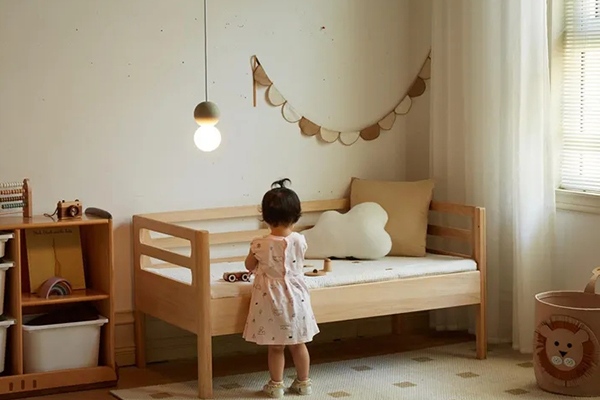
2. Safety details must be in place
1)Pay attention to edge and tip issues.
When children run around at home, it’s inevitable to bump and bump. If they bump into sharp corners or edges of furniture, the consequences can be unimaginable. When selecting children’s furniture, it is important to choose products with rounded edges and avoid buying products with metal tips.
2)Furniture gap issue
Children are curious and like to stick their fingers into holes and crevices. Staying stuck for a long time can easily lead to congestion, while forcefully pulling it out can easily cause injury. The country has clear requirements that holes and gaps on rigid materials with a depth exceeding 10 mm must be greater than or equal to 12 mm, ensuring that children’s fingers can freely enter and exit, or that the holes are less than 6 mm, so small that fingers cannot penetrate. When choosing a child’s bed, attention must be paid.

3)Dumping risk
At home, some curious babies may use drawers as steps to climb upwards. If the furniture is not fixed to the wall, it may cause tipping and be very dangerous. Therefore, it is important to choose children’s furniture with anti tipping devices.
3. In line with children’s nature, they can “grow” together
1)Choose growth oriented furniture
Multi use adjustable and combinable furniture that can be flexibly adjusted according to children’s needs, such as height and functionality. For learning desks and chairs, it is recommended to choose products with adjustable height, which can protect vision and spinal development. Children can focus more on learning and can also use them after growing taller.
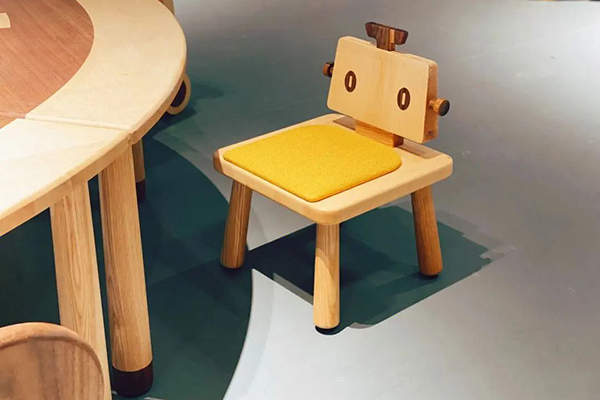
2)The overall color is soft and simple
Overly bright and colorful colors are not conducive to focus and rest. The overall color and pattern design is unified and simple, similar to the wooden style, which has been popular recently and is not easy to get tired of.
In addition, children’s furniture that is inexpensive and brightly painted may contain soluble heavy metals. If children gnaw on furniture, these harmful heavy metal elements may enter the body and affect health.
3)Low center of gravity, close to children’s real world
Children are limited by their height, and the world they see in their eyes is very different from that of adults. When purchasing children’s furniture, we should also consider the child’s perspective and try to choose products with low center of gravity and low height, especially in the storage area. Children have an early awareness of independent storage, and choosing a suitable short cabinet can exercise their ability to store independently.
